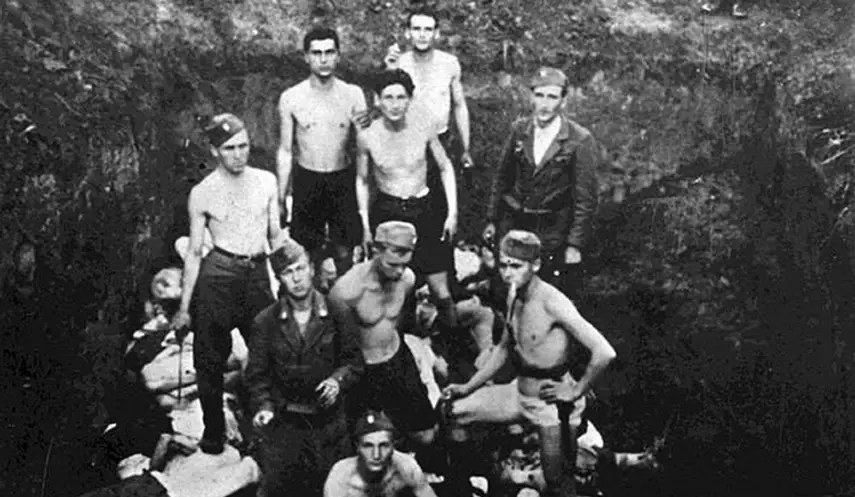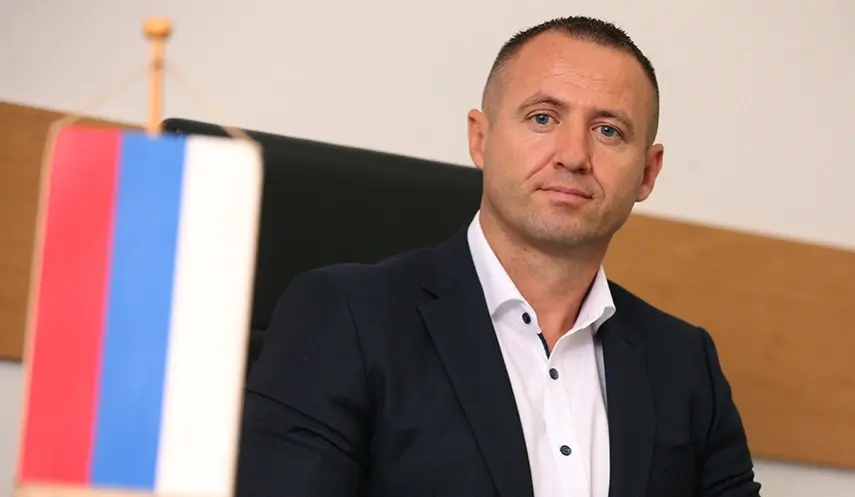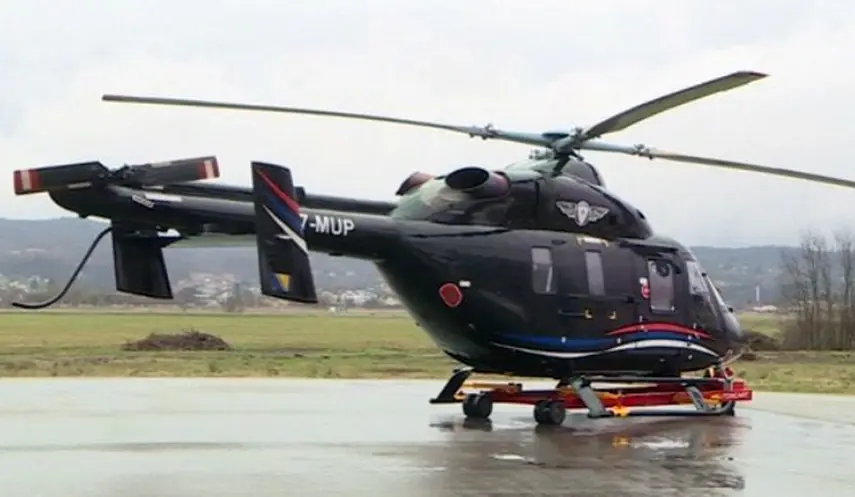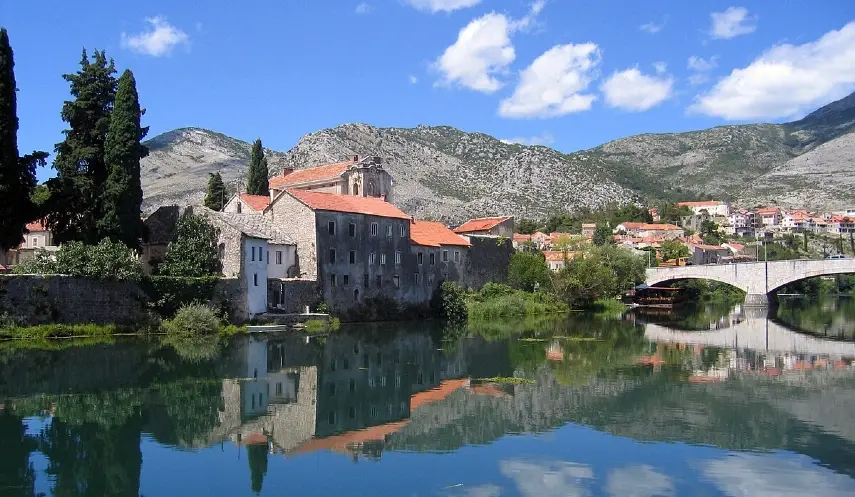FROM NEIGHBOUR TO EXECUTIONER - CRIME WITHOUT PUNISHMENT IN MOTIKE
NDH - crimes against Serbs /4/
06/24/2025
10:00

BANJA LUKA, JUNE 24 /SRNA/ - After Drakulić and Šargovac were left deserted, because the Ustashas slaughtered everyone, it was the time for the third act and the neighboring village - Motike, where, according to available data, the butchers killed 679 Serbian residents.
Serbs and Croats lived together in Motike until World War II. Of the total population, about 60 percent were Serbs and 40 percent were Croats. There were almost no other peoples and religions.
Dragan Stijaković, who was 16 years old at the beginning of World War II, testifies that already in April 1941, Croats became aggressive towards Serbs, and without reason.
"Croats became aggressive on every step. No reason. Members of Independent State of Croatia /NDH/ moved through the village – both individually and in groups, in uniforms or civilian clothes," Stijaković told Lazar Lukajić, who collected evidence on the horrifying massacre on Serbs.
He emphasized that it was obvious on every step that the number of armed people sharply increased.
"They moved through the village and controlled everything. They checked if all Serbian men were home, in case someone escaped to join the outlaws. They threaten each family with sending them to a camp if an adult man from the family goes in an unknown direction. That is why none of the Serbs were allowed to leave the house," said Stijaković.
Croats began to hold all the power in the village, while the Serbs were practically enslaved and completely without rights from April 1941.
"The population of Motike had become accustomed to the daily shooting and the presence of the army and armed civilians. Daily agricultural, household and other chores were carried out as before, as much as possible. In the autumn of 1941, the children regularly started school in Motike," he said.
Stijaković also remembered a teacher in Motike before the war, a Croat named Mara Kovačević, who did not like Serbian children.
"For every little thing, they beat us, 17 strokes of the cane on the palm. When the cane touches the hand above the fist, bruises and gouges appear," said Stijaković.
But after some time, says Stijaković, the army took over the school and settled there, so the children stopped going to classes.
"The school in Motike was suitable for housing the army because it was a large building and because it was on the road and close to Banja Luka," he said.
Realizing that something terrible was going to happen, the Serbs began to meet secretly and discuss how to protect their villages and families from the Ustashas, who were increasingly taking people away, after which all trace of them was lost.
However, the Ustashas found out about these secret meetings. Anyone who tried to protect their families was killed. Terror, torture, abuse - they were increasingly emphasized. And so on for months. /to be continued/

VELJANOVSKI: RECORD REVENUE OF OVER BAM 170 MILLION

HAPPY NEW YEAR!

LAST DAY OF THE YEAR MARKED BY LIFE-SAVING OPERATIONS: AIR TRANSPORT OF A PATIENT FROM NEVESINJE TO BANJALUKA



